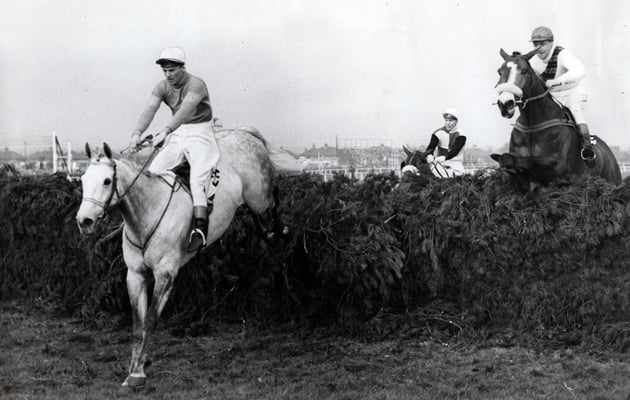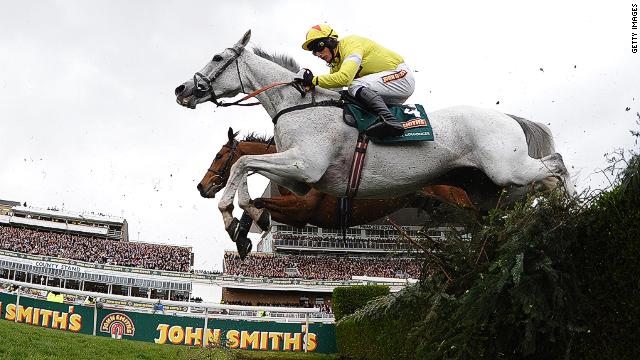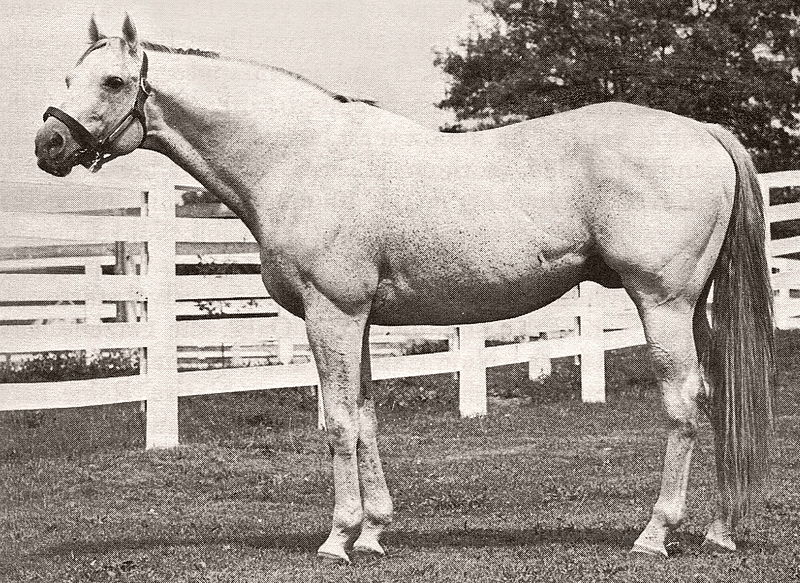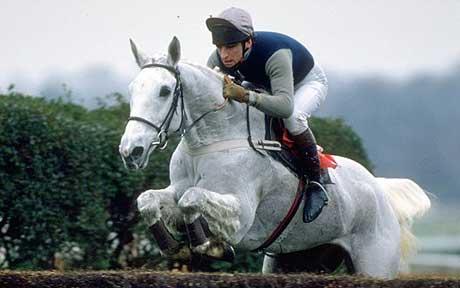The Fascinating Rarity of Grey Horses in Thoroughbred Racing
Grey horses have always captured the attention of racing enthusiasts and casual observers alike. Their distinct coloring-caused by a unique genetic twist affecting their skin pigmentation-makes them highly visible among their bay and chestnut peers, whether parading in the paddock or charging down the racetrack.
Despite their striking appearance, grey thoroughbreds make up only about 3% of the global racehorse population. Like all thoroughbreds, these horses start with dark skin, but their coats gradually lighten, evolving from dappled grey to nearly white as they age.
The Genetics and Origins of Grey Thoroughbreds
Equine historians and geneticists trace the introduction of the grey gene in European thoroughbreds back to the early 1700s, when Arabian stallions were imported for breeding. One key sire, Alcock’s Arabian, around 1720, is often cited as a significant progenitor of the modern grey racing line. Genetically, for a foal to inherit the grey trait, at least one parent must also display the color.
Health Risks Unique to Grey Racehorses
While their unique look is appealing, grey horses also inherit an increased risk for developing melanomas-tumors of the skin-typically after the age of 10. Research has established a direct link between the grey gene and this predisposition, leading to some early misconceptions within the horse breeding community that greys were inherently unhealthy. However, much of this stigma faded as famous grey champions emerged, and ongoing scientific studies are seeking ways to prevent malignant tumors associated with the trait. Fortunately, many melanomas in grey horses are benign.
Pioneers Among Greys: The Lamb’s Historic Grand National Wins
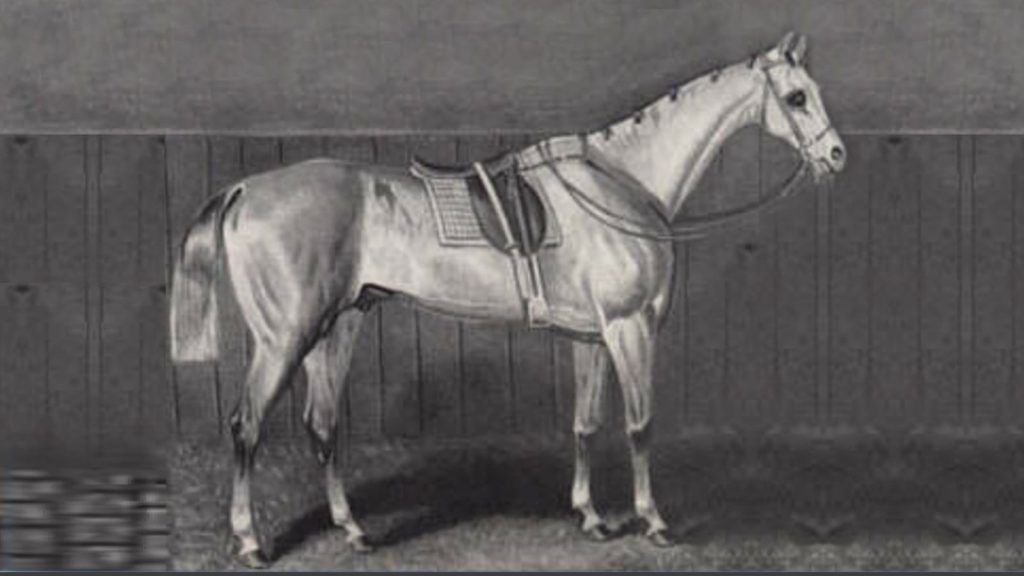
The first grey to achieve this feat was The Lamb, a horse owned by William Henry Poulett, 6th Earl Poulett. The Lamb defied convention by winning the Grand National twice, first in 1868 at age six (an age at which current regulations would make him ineligible), and again in 1871. In both instances, he was considered a strong contender despite no previous precedent for grey winners.
During his first victory, only six horses finished out of 21 starters. Three years later, The Lamb took first place again with twice as many finishers and was a considerably more favored pick.
Nicolaus Silver and Neptune Collonges: Greys Rewrite Grand National History
Nicolaus Silver [Image: Horse & Hound]
It would take nearly another century for a second grey, Nicolaus Silver, to clinch victory. Transferred to Fred Rimmell’s stable after the passing of his previous trainer, Nicolaus Silver made his mark by winning the 1961 Grand National at odds of 28/1 while carrying 10st 1lb-outpacing his rivals by five lengths.
Fast-forward 51 years to 2012, and Neptune Collonges, trained by Paul Nicholls, became the third grey in history to win the race. Entered as a 33/1 outsider, he triumphed by the narrowest of margins, overtaking Sunnyhillboy despite conceding 15 pounds in weight.
Neptune Collonges winning the Grand National
Native Dancer: The “Gray Ghost” and His Lasting Influence
Native Dancer [Image: Wikimedia Commons]
While grey horses haven’t dominated the Grand National, their allure has reached new heights thanks to transatlantic icons. Native Dancer, known as the “Gray Ghost” of 1950s America, forever altered perceptions about the prowess of grey thoroughbreds-both on the racetrack and in breeding.
Native Dancer nearly went undefeated, winning 21 of 22 career races and securing two legs of the US Triple Crown. His reputation only grew with his influence as a sire. As grandsire to Northern Dancer, his bloodlines run through champions such as Nijinsky, Sadler’s Wells, and Galileo-stallions who have influenced generations of top-class British and Irish thoroughbreds.
Among his notable descendants was the stellar filly Lady’s Secret, American Horse of the Year in 1986, whose maternal lineage traces directly to Native Dancer.
The rise of television during Native Dancer’s dominance made grey horses even more recognizable, and as color broadcasts became the standard, greys like Spectacular Bid and Lady’s Secret became household names.
Desert Orchid: The Beloved Grey Champion
Desert Orchid [Image: Telegraph Multimedia Archive]
Few, if any, grey horses have achieved the legendary status of Desert Orchid, affectionately known as “Dessie.” Bred and trained in England during the 1980s, Desert Orchid became one of the most popular racehorses in British history. Though he found left-handed courses like Cheltenham more challenging, he famously outperformed expectations to win the Cheltenham Gold Cup in arduous conditions in 1989.
Desert Orchid’s exploits were most celebrated at right-handed circuits, particularly Kempton Park, where he won the prestigious King George VI Chase four times-a record bettered only by Kauto Star.
His staying ability was highlighted by victories in extended distance races, including the Whitbread Gold Cup and the Irish Grand National, both over three and a half miles. [Video: See Desert Orchid in action at key races]
Why the Grand National Remained Elusive for Some Grey Legends
One of the enduring myths is whether Desert Orchid might have conquered the Grand National had he run. Renowned for his remarkable versatility-excelling in both short and extended distance races-the key concern was his tendency to jump to the right, risky on Aintree’s demanding left-handed course with its formidable fences.
In truth, the unpredictable nature of the Grand National has kept its winners list exclusive, but the prospects for future grey champs remain open.
Conclusion: Enduring Appeal and Legacy of Grey Racehorses
The rarity of grey thoroughbreds-not only in the general population but among elite Grand National winners-only adds to their mystique. From historic pioneers like The Lamb, to record-breaking icons like Native Dancer and Desert Orchid, grey horses have more than earned their place in the annals of racing history. Their distinctive appearance, combined with moments of extraordinary achievement, ensures that whenever a grey horse lines up for a major race, the world takes notice.

